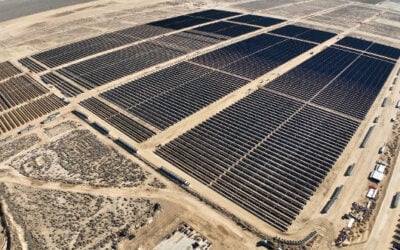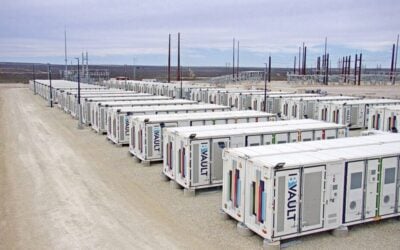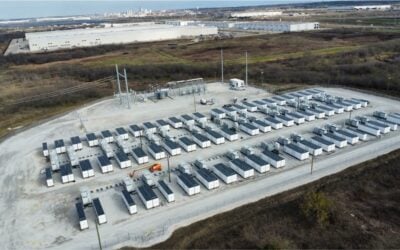
There is still plenty of educating decision-makers on storage’s place on the grid to do for other US states to follow in the footsteps of early-movers like California and Texas, and it goes beyond overcoming technical challenges.
That was the message from speakers on the ‘Evolving Grid’ panel discussion at Berkeley Lab’s virtual National Energy Storage Summit yesterday (9 March).
Kelly Sarber, CEO of consultancy Strategic Management Group & Board Member for storage association NY-BEST, started by explaining how California and Texas’ grids had achieved their GW-plus levels of storage deployment.
“It’s because those markets value the revenue stacks that developers can benefit from like resource adequacy, voltage or frequency support, backup peak power etc as well as being able to upgrade the transmission without necessarily investing in that transmission using very well-placed energy storage,” she said.
Try Premium for just $1
- Full premium access for the first month at only $1
- Converts to an annual rate after 30 days unless cancelled
- Cancel anytime during the trial period
Premium Benefits
- Expert industry analysis and interviews
- Digital access to PV Tech Power journal
- Exclusive event discounts
Or get the full Premium subscription right away
Or continue reading this article for free
Energy storage experts have a big role to play in educating states’ decision-makers about storage’s place on the grid, she said. That would then allow them to replicate the early-movers ways of incentivising investment in the sector.
Haresh Kamath, Director of Energy Storage and DER Integration at research organisation Electric Power Research Institute (EPRI) echoed this, saying: “We really have to make sure that the decision-makers are educated about the potential here to try to understand how energy storage fits in, not just from a technical standpoint, but also from a business and regulatory standpoint.”
Something all panellists touched on was the breadth of stakeholders that will be involved in the deployment and integration of energy storage into the grid at scale, and the challenges that involves.
Julia Souder, Executive Director of the Long Duration Energy Storage Association of California, highlighted one specific way of maximising the results of discussions between those different stakeholders:
“I think what also needs to happen is there needs to be a lot more funding from government and other sources to help improve the technical capacity of stakeholders, so that when we are discussing benefit cost ratio, or risks, or modelling, it’s a level playing field.”
There is also a need to get long-duration storage projects in the ground at full-scale by 2026 meaning they need to be kicked off in the next 12-15 months, said Ben Bollinger, Vice President for Strategic Initiatives at Malta Inc, a electro-thermal energy storage system technology provider.
But as well as new technologies and deployments, leveraging existing capacity in clever ways can also increase the amount of storage on the grid.
Christian Belady, Vice President and Distinguished Engineer at Microsoft said that the company has gigawatts of energy storage which provides backup power for servers and hence mostly sits idle. Microsoft is looking at ways it can participate those assets in the grid ancillary services market, he said.





